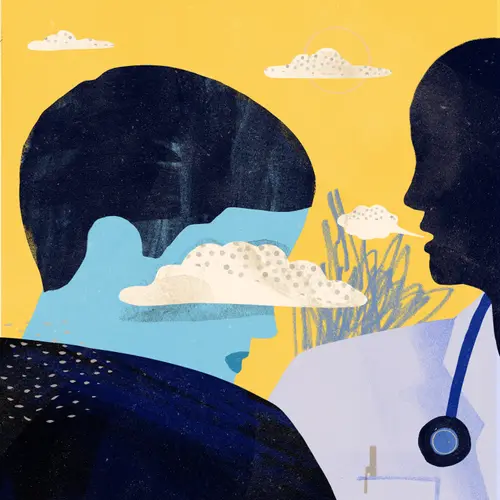If you have a rotator cuff tear, you’re not alone. It happens to millions of people every year. It’s a common cause of shoulder pain. The right treatment can make you feel better, keep a small injury from getting worse, and help you heal. For many people, physical therapy (PT) is the answer. It may be all you need to treat an injured rotator cuff.
PT is a way to get back strength and movement after an injury. It includes things like exercise, ice, heat, massage, and equipment to help return your shoulder back to its normal range of motion.
Your Rotator Cuff
The rotator cuff is a group of tendons and muscles in your shoulder. They form a “cuff” over the top end of your arm. It helps you lift and rotate your arm. And it keeps the shoulder steady as your arm moves.
A rotator cuff tear can be caused by different things. It can get sore from normal wear and tear over the years. This happens mostly to people over age 40. But you can also get one in a fall or by repeating the same activity over and over.
When you do the same thing again and again, the rotator cuff can start to fray, like a worn sock. It can separate or tear, especially if you lift something heavy.
Is PT for Me?
If you think you have a tear, see your doctor. They may send you to someone who treats bones, joints, muscles, and tendons, called an orthopedic doctor. They can talk to you about surgical and nonsurgical options, including PT.
Unless the injury is severe, PT is a typical starting point. Your physical therapist will ask questions about your life and the things you do. They’ll do some tests to learn more about your pain. The therapist will ask you to raise your arm, move it to the side, or push against something to see what your limits are.
PT helps in lots of ways. One study shows that people who got PT for a rotator cuff tear did just as well as those who had surgery.
The therapist will help you:
- Get back your range of motion
- Learn exercises to strengthen your shoulder muscles
- Improve the way you sit and stand (your posture) to help reduce pain
- Find a way to sleep that doesn’t hurt your shoulder
- Learn to carry objects safely
- Use ice or heat to ease the pain
- Understand why you need to keep moving
- Find ways to do things so that they don’t hurt your shoulder
- Return to your regular activities (be patient -- this can take a while)
PT can also help you recover after rotator cuff surgery. It’s the same idea -- to improve strength and movement and get back to regular life. The therapist will show you how not to injure your shoulder again after surgery.
As you recover, pay attention to your pain and ask for help if you need it. That’s the best way to heal your injured shoulder and keep it as strong as possible for the rest of your life.
